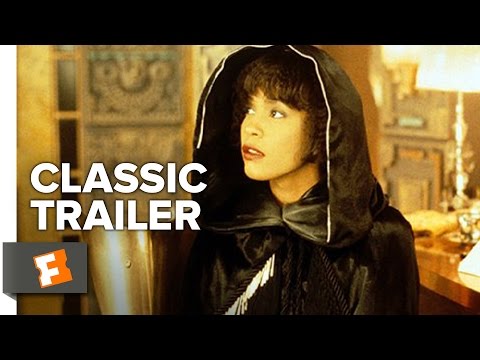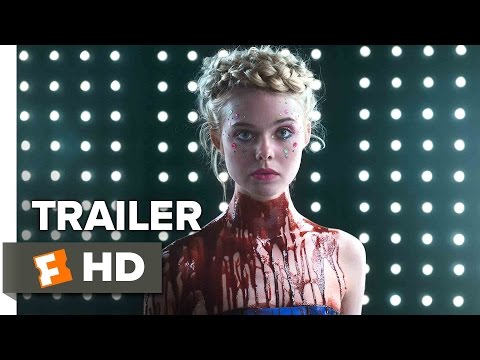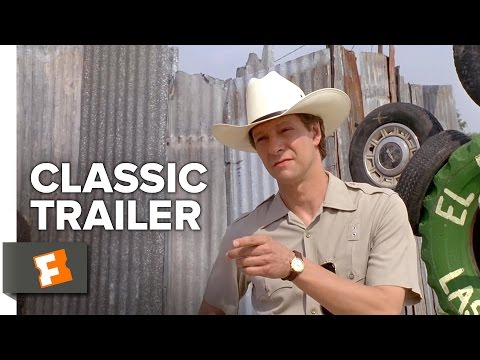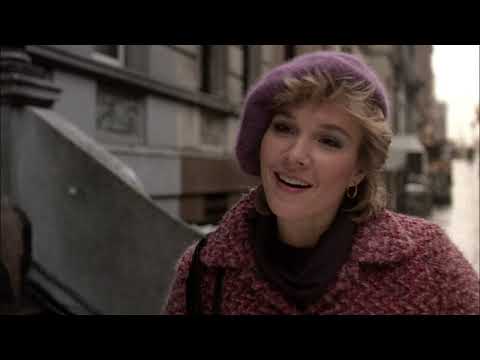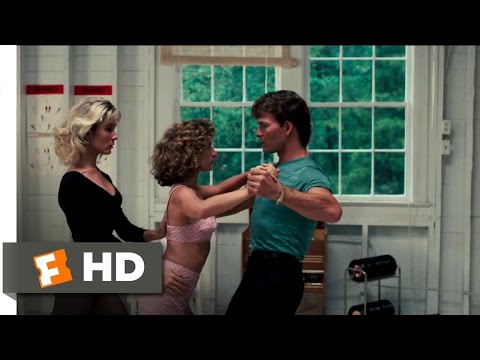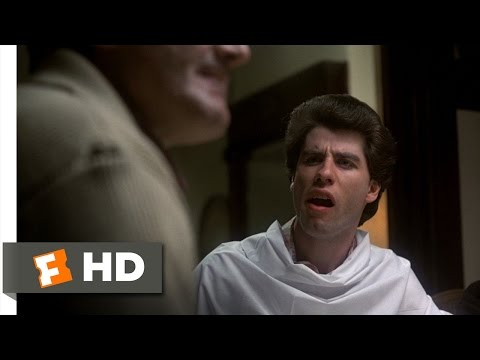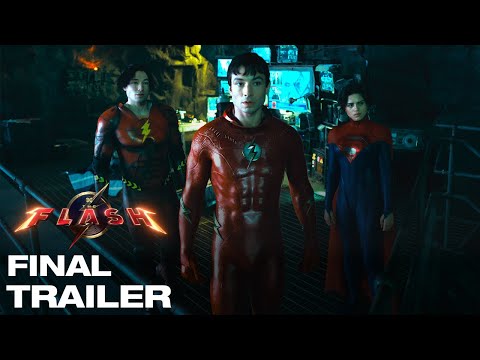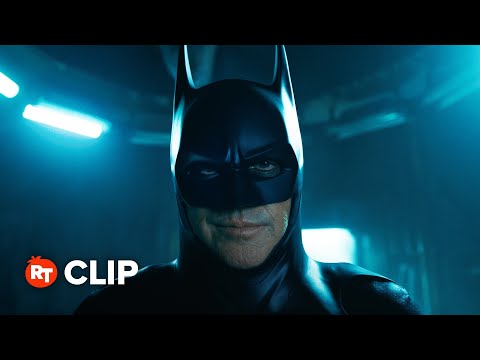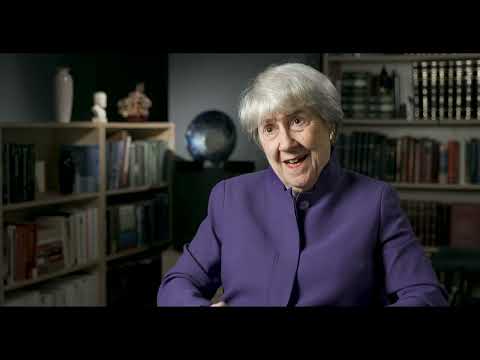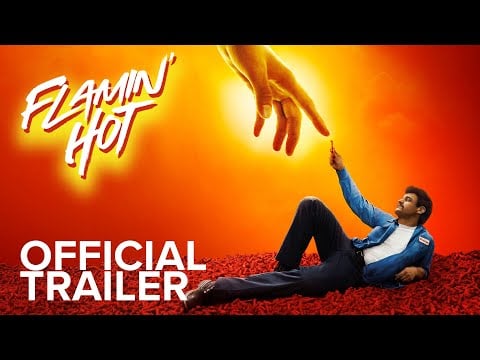In Steven Caple Jr.’s “Transformers: Rise of the Beasts,” Anthony Ramos stars as Noah Diaz, a Brooklyn-raised military veteran struggling to find his way as a civilian.
An ill-considered car theft results in Noah carjacking a Porsche that is actually a Transformer named Mirage (voiced by Pete Davidson). Meanwhile, Elena, a museum intern played by Dominique Fishback, discovers a secret hidden within an artifact that could either maintain or destroy the universe, depending on who possess it.
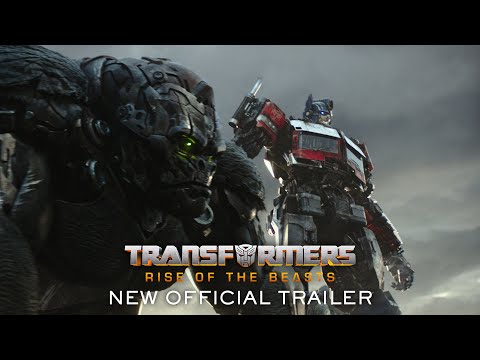
“Beasts” is one of the best entries in this Hasbro toy/film series, though I’m trying to make that sound genuine and not the backhanded compliment that it ultimately is.
I normally hate these movies, and the slightly better than expected “Bumblebee” was a small step up, not the total franchise tune up that some claimed.
The animated “Transformers: The Movie” (1986) gets better with each passing year and always put the live-action spinoffs to shame.
A welcome touch in “Beasts” is how elements from “Transformers: The Movie” are actually in the film, though not all of those characters and plot devices pan out.
Caple Jr. is a filmmaker who doesn’t seek to assault us with seizure-inducing editing, a camera that can’t hold still and action sequences that are incomprehensible toilet bowl swirls of CGI nonsense. Ramos and Fishback have given better performances in better movies but they’re both solid here and can hold the screen the way movie stars do.
I liked these characters and found the human story to be, at times, much more engaging than the robot brawls. As “Bumblebee” proved, all you need is a strong actor to center this and not a cluster of slumming it A-list actors screaming and overacting while they fail to compete with the onslaught of special effects.
The use of early ’90s hip hop is a welcome, at times enthralling touch- De la Soul and LL Cool J serve the imagery well.
View this post on Instagram
Yet, this silly, over-plotted toy commercial runs out of steam during the final battle. In fact, I’m still unsure exactly how things turned out the way it did for the winners (something about a teleporting bomb, but why does it work the way it does and not finish the job?).
Setting the story primarily in 1994 allows for the great soundtrack choices but little else. We briefly see the O.J. Simpson trial on TV, adding a sliver of historical grit but for no real purpose. Likewise, the amusing moment where Noah points out that one of the Transformers sports a stereotypical accent; a wise thing to point out, but why?
Were the filmmakers preemptively striking against those who wrote negatively about the character? There’s no real point to any of this- it’s a smash n’ bash giant robot action movie and nothing more.
At a few minutes over the two-hour mark, the steady pace keeps a welcome momentum that rarely stalls.
RELATED: WHY ‘LAST KNIGHT’ IS HOLLYWOOD AT ITS WORST
Let’s talk about the absence of Bay from behind the camera. It’s clearly working.
Bay’s MTV-fueled style of filmmaking was fun for a while but, by the time “Pearl Harbor” (2001) arrived, the fun was over.
Bay’s contribution to cinema is like high fructose corn syrup to a chocolate bar – we think we love it, until we realize how bad it is for us.
The “Bad Boys” franchise got better once he stopped directing them – if they ever make a sequel to “The Island” (which I’ll admit is the only Bay movie I really like), don’t let him direct it. So far, the “Transformers” movies that Bay only produces but doesn’t direct are more tolerable.

The live action “Transformers” movies always existed in this strange place where they don’t know who their audience is, so they try to engage everyone. The result is a Frankenstein’s monster of a carnage and chaos-heavy military action movie fused with a cutesy kiddie flick.
Bay’s shameless indulgences, like leering obsessively over his female leads, encouraging his actors to shriek their lines, and staging/editing action into spastic mini trailers on Fast Forward, are unquestionably a style that needs to go away.
Recent movies featuring Ethan Hunt, James Bond, Mad Max and John Wick show us action (as well as plot and character development) done right, while Bay has always come across like an overeager protégé of Tony Scott.
The latest “Transformers” still has too much profanity for a kiddie film (even one set in ’94) but at least the hyper-sexualized depiction of women is gone, and, unlike Bay, Caple Jr. knows how to hold the camera steady and stage action that makes sense.
The biggest problem with “Transformers: Rise of the Beasts” is a subplot involving a sick little boy. Neither the character nor the subplot ever connects and it’s a maudlin touch that easily could have eliminated.
Weekend Box Office:
1) #Transformers – $60.5M
2) #SpiderVerse – $55.4M
3) #TheLittleMermaid – $22.7M https://t.co/otqNCUIJSG— Rotten Tomatoes (@RottenTomatoes) June 12, 2023
The Peru-set ending allows for great use of some widescreen action, particularly a car chase that is the film’s best action sequence. The grand finale fails not because of a lack of spectacle but because of how it overstays its welcome, leans too heavily on just-go-with-it cartoon logic and doesn’t build as much as it just gets bigger until it randomly stops.
A before-the-end credits scene that suggests a fusion of two different film franchises plays like a self-parody that, I fear, the filmmakers are all too happy to make if the box office suggests interest.
I’m still not a fan of these movies, but much of “Transformers: Rise of the Beasts” works. This is one small step for Hasbro, one giant leap for mankind.
Two and a Half Stars
The post ‘Transformers: Rise of the Beasts’ Might Be Best in Series first appeared on Hollywood in Toto.
The post ‘Transformers: Rise of the Beasts’ Might Be Best in Series appeared first on Hollywood in Toto.
from Movies - Hollywood in Toto https://ift.tt/6ATuVm8

